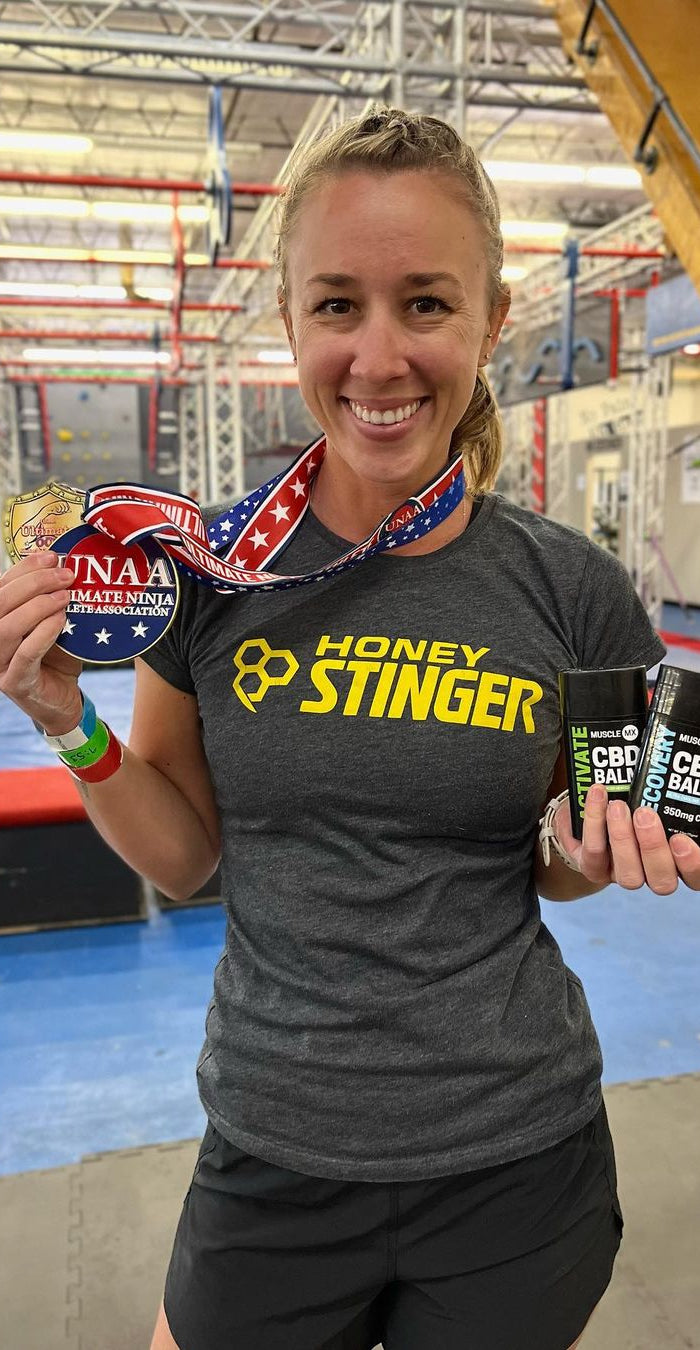Can CBD Help with Hyperextension?
Hyperextension is, in most cases, an inflammatory injury, meaning that no permanent damage has been done to the joint and the tissue surrounding it. This means that in these cases, simple self-care may be effective, along with an anti-inflammatory that can bring down the swelling and speed up the healing process. And, that’s where CBD comes in. CBD is cannabidiol, and it’s the main chemical compound found in the hemp plant’s flowers. It’s a cannabinoid, which is a type of compound that’s unique to the cannabis genus to which hemp belongs. Cannabinoids are highly fascinating compounds because of how they interact with the body. Throughout the body are cannabinoid receptors which make up the body’s endocannabinoid system, that is in charge of regulating bodily processes so that a person may experience homeostasis. Cannabinoid receptors are found in every system, organ and tissue of the body, and they require cannabinoid administration to regulate individual processes. Joints and muscles have cannabinoid receptors, and these receptors are tasked with regulating the function of the tissue and regulating inflammation levels. Therefore, CBD may potentially be used as an anti-inflammatory if there is inflammation in these areas of the body, according to studies. At this point, we’ve seen ample amounts of studies showing that cannabidiol may play a role in reducing inflammation of the joints and muscles, especially when applied topically for transdermal absorption. Topical CBD may be the best bet, according to researchers, because it supplies concentrated doses of CBD directly to the affected area. We now know that cannabinoids absorb through the skin very efficiently and quickly, which allows us to target particular areas of the body with this type of treatment. In other words, it may be more efficient to apply CBD directly to the hyperextended area than take it internally, which would disperse the cannabinoids evenly throughout the body rather than concentrating on the injured area in particular. Another thing that we know about cannabidiol is that it offers analgesic properties thanks to its ability to regulate the function of pain receptors in the brain, as well as the overall nervous system. This means that CBD may potentially numb pain while the injury heals.
How Should CBD Be Used for Hyperextension?
If you’re dealing with hyperextension, follow these tips below.
Tip #1: Speak to Your Doctor
First, you should always talk to your doctor before attempting to treat a condition with cannabidiol, or anything else for that matter. He or she will take into consideration your individual medical needs and current treatment plan to determine the best way to go about it.
Tip #2: Go for Quality
It’s always important to buy your CBD from a company that makes high-quality products, as the range of quality throughout the CBD industry can be quite enormous. Choose from a company that has their hemp lab-tested by a third party, as indicated on their website.
Tip #3: Choose an Appropriate Milligram Strength
Make sure that you opt for a milligram strength based on the pain level that you are experiencing. Higher milligram strengths are more potent.
Tip #4: Be Consistent
It’s ideal to take CBD daily, or even twice a day at the recommendation of your doctor, if you are hoping to treat something specific.
Muscle MX CBD Products: Great for Hyperextension
We at Muscle MX have developed a wide range of high-quality CBD-infused topicals specifically for athletes and those dealing with athletic-related injuries. Therefore, our particular products may be uniquely useful for those who are experiencing an injury caused by hypertension. We combine lab-tested, organic hemp extract with the finest natural ingredients known to offer useful properties when applied topically to the body.
Hyperextension Can Be Extremely Painful, but It’s Treatable
If you’re dealing with this type of injury, we recommend that you talk to your doctor about incorporating CBD into your treatment routine. Check out the topical CBD products at Muscle MX if you’re looking for a formula geared toward this specific type of pain.
|


































